After having talked about the production of sake and the necessary ingredients with the founder of Sake Company and Italian head of the Sake Sommelier Association Lorenzo Ferraboschi, today we are going to delve deeper, with him and with the bartender of Carico Milano Domenico Carella, two other aspects of this fascinating world: the numerous types and use in mixing.
The types of sake
Sakes are classified into different categories, mainly defined by the percentage of rice polishing (seimaibuai) and the possible addition of alcohol at the end of fermentation. By smoothing the rice, unwanted elements such as proteins and fats are eliminated, ensuring greater aroma and elegance in the final product. The seven types are:
- JUNMAI (% variable remaining grain, no added alcohol): There is no minimum smoothness imposed for this class, although most Junmai are smoothed around 70%. Generally, Junmai sakes do not aim to release aromas but aim more at the persistence of taste and character.
- JUNMAI GINJO (60% of remaining grain, without added alcohol): the word Ginjo indicates the bouquet of aromas that characterizes this fine class of sake, usually fruity and floral. Soft and enveloping taste, preferably enjoyed cold
- JUNMAI DAIGINJO (50% of remaining grain, without added alcohol): for the production of sake in this category, labeled as the most valuable, only the best rice is selected, which is smoothed to at least 50%, in order to obtain above all a pronounced elegance in taste and structure.
- HONJOZO (70% leftover grain, with added alcohol): Honjozo sakes have a minimum required polish of 70% and are produced with a light addition of alcohol, which adds body and fragrance. Also ideal for heating
- DAIGINJO (50% leftover grain, with added alcohol): Daiginjo is used to refer to a class of premium sake with some alcohol added at the end of fermentation. The added alcohol accentuates fragrance and aroma and gives the product greater longevity.
- GINJO (60% of remaining grain, with added alcohol): Ginjo is used to refer to a class of premium sake with some alcohol added at the end of fermentation. The added alcohol accentuates fragrance and aroma and gives the product greater longevity.
- FUTSUSHU: futsushu is the most produced and drunk in Japan, with freer and less severe processing characteristics, while maintaining a high quality of the final product
Further processing (ageing, double fermentation) or not can then be applied to each of these seven categories.
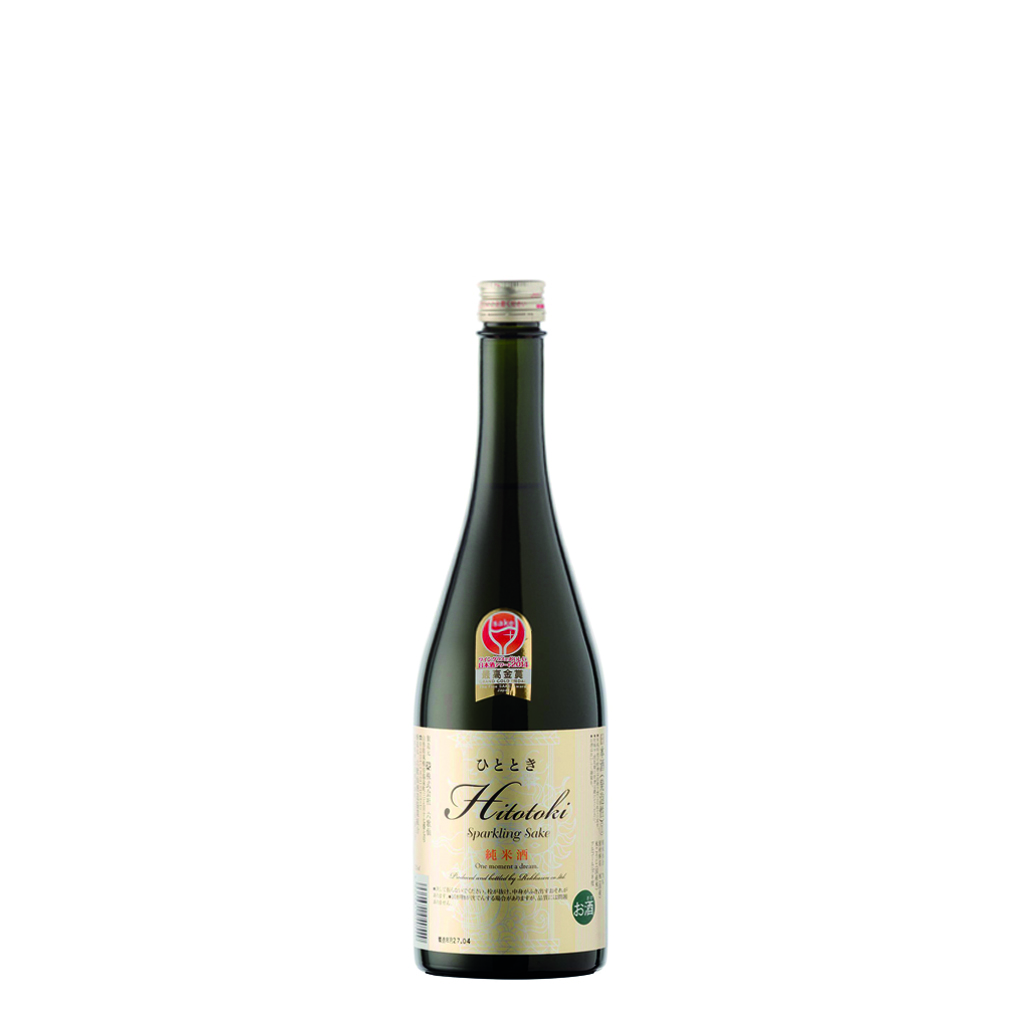
Sakes suitable for mixing (answer by Domenico Carella)
Each sake has its own aromatic range, which gives it a relative place in the world of blending. To give two examples, a futsushu, with its lactic notes could give body and structure to a drink such as an Adonis or Manhattan, while a junmai daiginjo, especially when its flavor tends towards that of banana, could be the perfect ingredient in a drink with exotic notes.
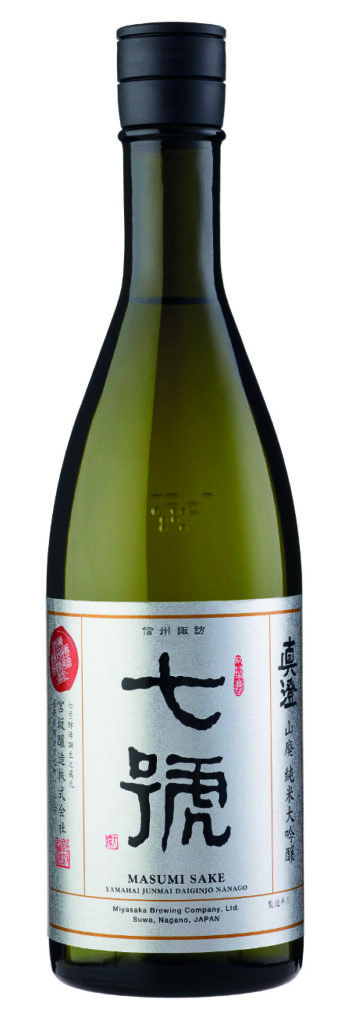
The three rules of consumption
There are three rules for drinking sake:
- The more grain remains attached to the rice, and therefore the higher the hulling percentage, the greater the freedom of serving temperature. Sake can be heated, cooled or served at room temperature, while with lower dehulling percentages, reheating is not recommended and refreshing is recommended.
- If the sake is cooled you should serve it in a larger glass, if it is warmed up in a smaller one
- You need to serve sake at the temperature of the dish
Sake-based drinks
In addition to being consumed as such, sake can form the production basis for other drinks, such as umeshu or yuzushu. The latter are obtained from the maceration of a third element within the finished sake, which is usually unfiltered, due to a higher initial alcohol content, which will be tempered with the dilution that will occur during the process. Shōchū can also be obtained from sake and, in this case, we tend to prefer a rather economical starting product, because during distillation it will have little impact on the final result. We therefore tend to prefer a Junmai, without added alcohol or even browned, or a Genshu, undiluted, between 18 and 19% vol.
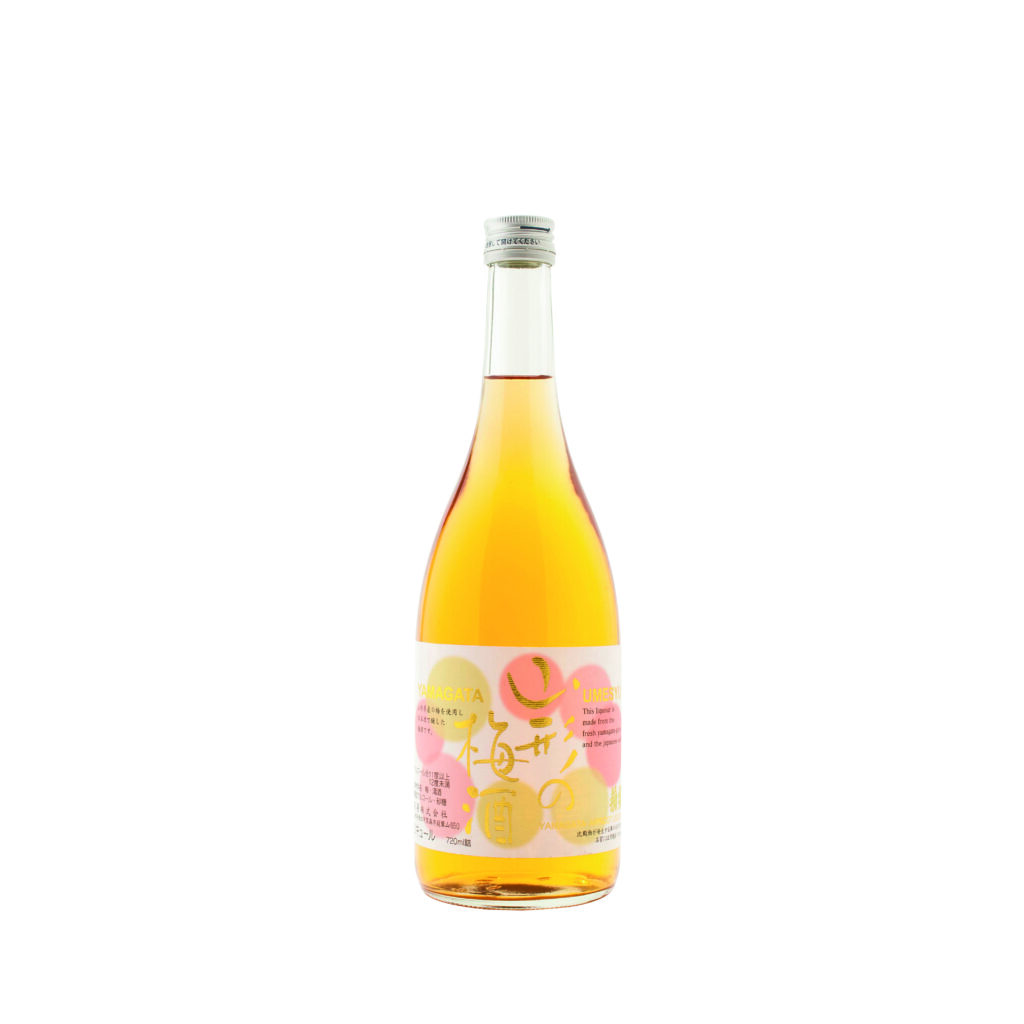
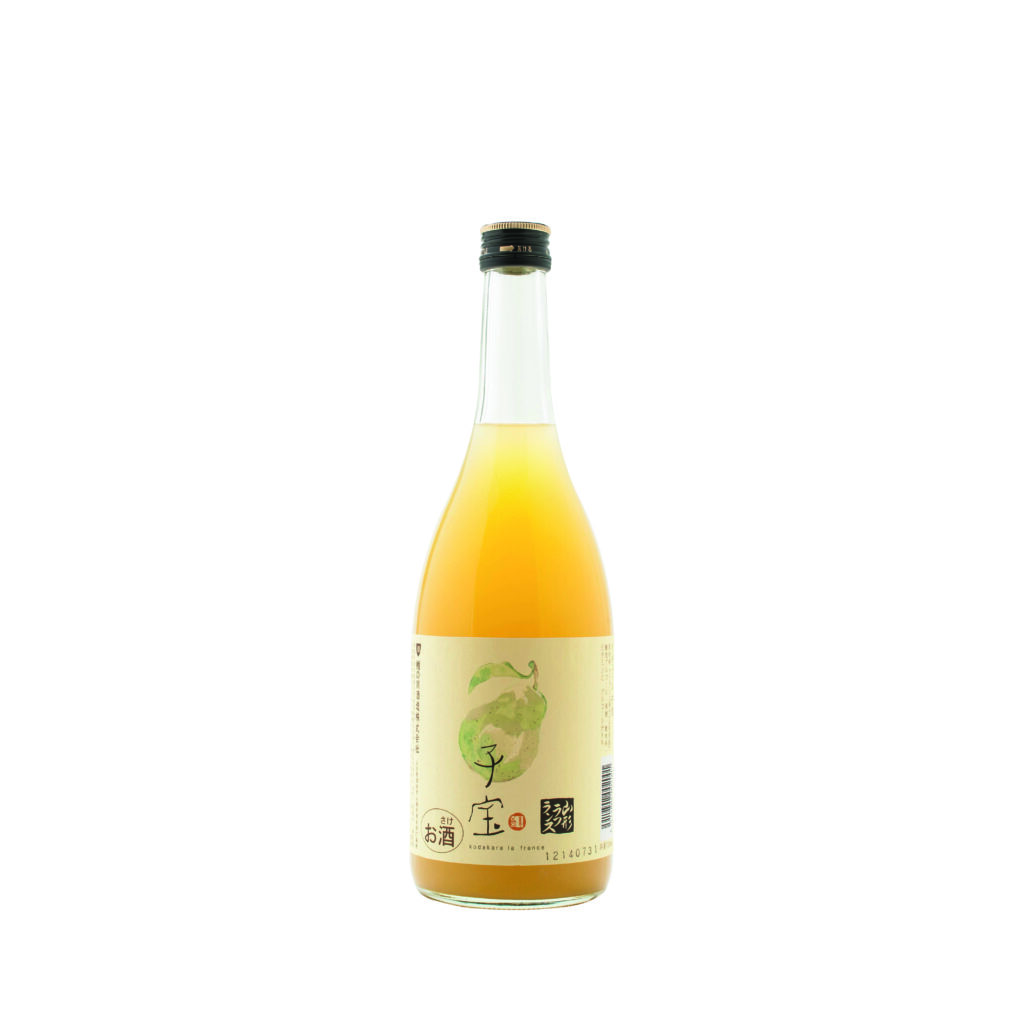
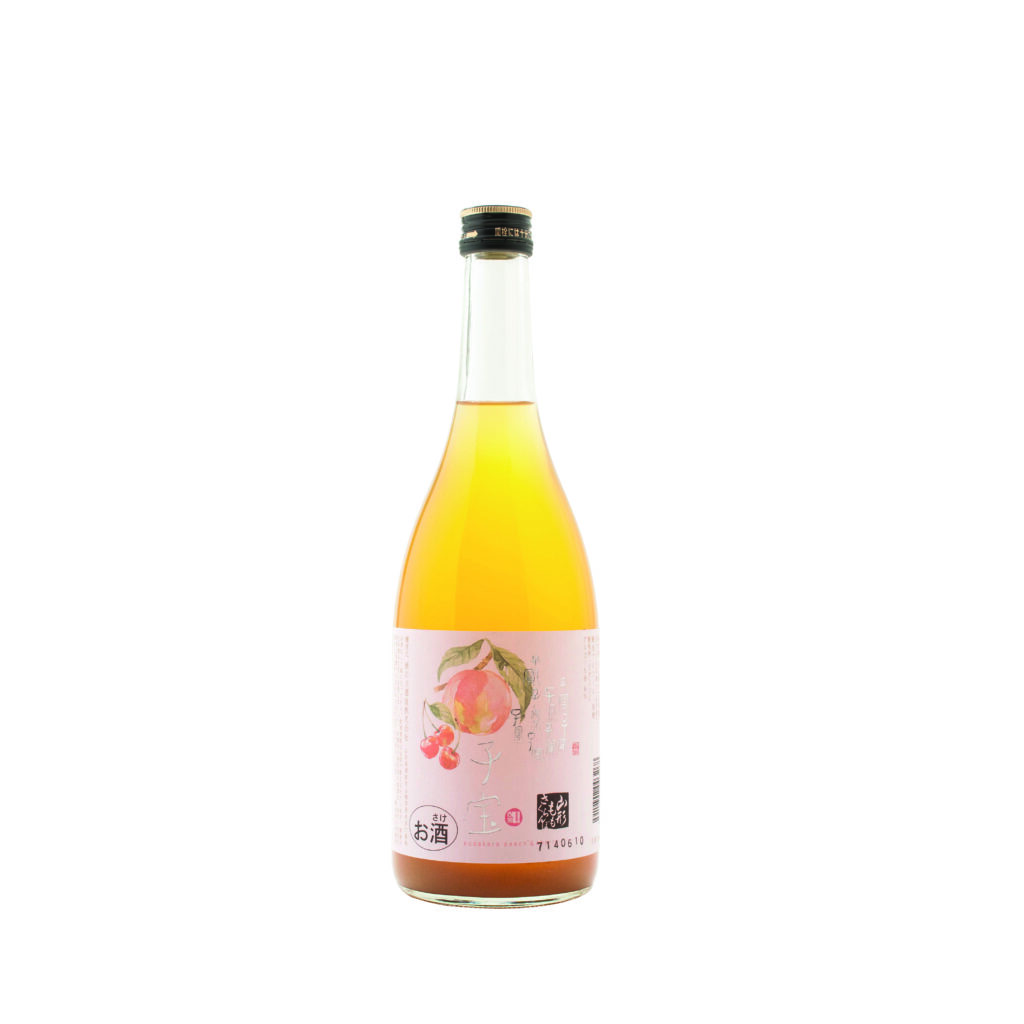
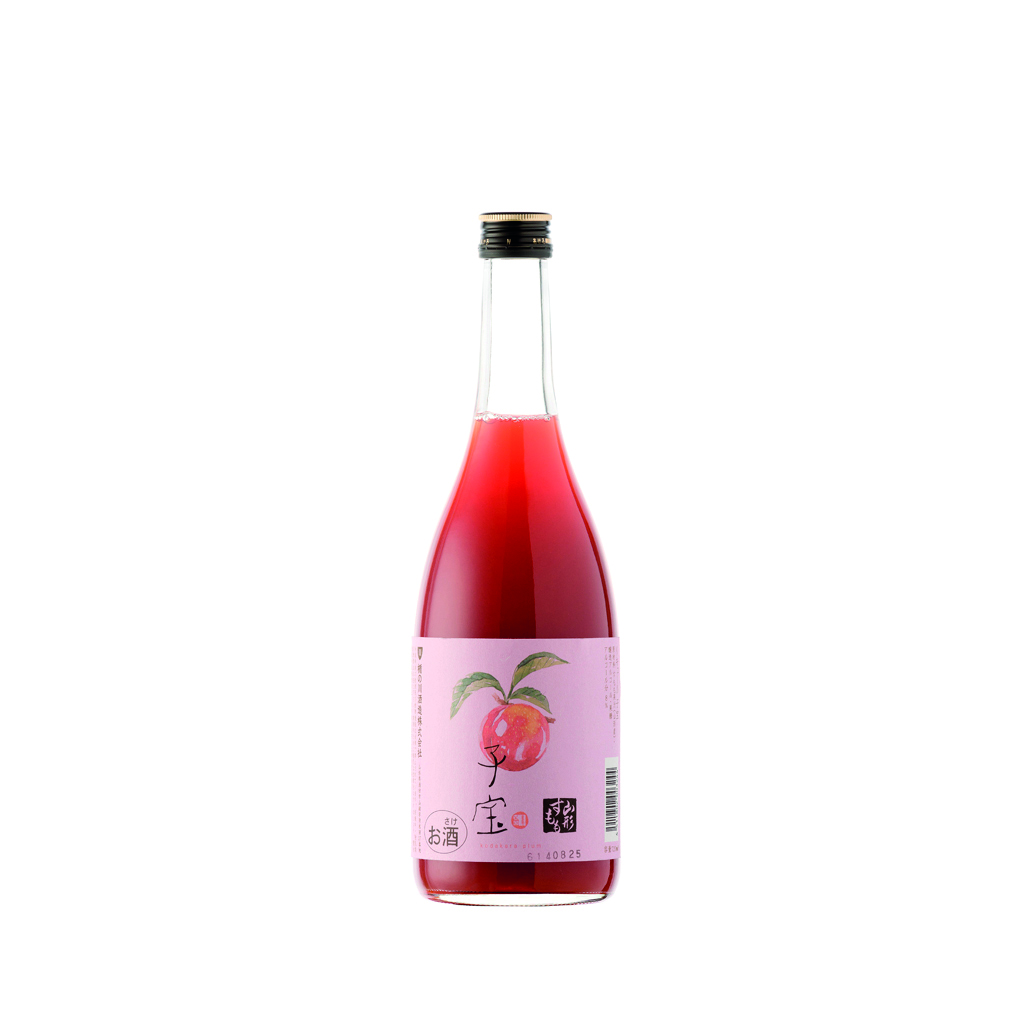
Can you give us two sake cocktail recipes? (answer by Domenico Carella)
Certainly. The first is a perfect mix par excellence of 2 fortified wines, sherry and vermouth, 'helped' by a further boost of futsushu sake. In the second, daiginjo sake gives a boost to the other two ingredients.
Adonis revival
- 40 ml red vermouth
- 20ml kenbishi futsushu
- 15ml fine sherry
Pour the red vermouth, fino sherry and sake into a mixing glass with ice. Mix with a bar spoon. Pour into a chilled glass. Garnish with orange peel
Sake colada
- 25 ml of lime
- 20 ml of rice amazake
- 35 ml konishi daiginjo sake
- 15 ml of fig leaf shochu
Place all the ingredients in a shaker. Shake vigorously. Pour into a large glass with chunks of crystalline ice. Garnish with a fig leaf slice.[:]























